| Story by Meghan McMahon |
4/26/2018
Many of us have had the experience of walking along a path or trail and looking down to find we’ve only narrowly avoided stepping in a pile of animal feces, otherwise known as “scat.” And while most of us can easily identify a pile of dog poop, feces from birds and mammals that call our area home is often less easy to recognize.
The droppings wild animals leave behind can tell us a lot about them. The more common types of scat found in the Will County forest preserves come from animals we see most often, including deer, squirrels, rabbits, raccoons, coyotes and various types of birds.
Right off the bat, the mere presence of animal scat tells us an animal lives in the area, and the abundance of scat indicates the area is home to a high population of the animal. Where you find animal scat can also be a clue to its behavior. You may find raccoon scat, for example, in clumps at the bottom of a tree, which tells us the animal was spending time in the tree.
Scientists can also examine the chemical composition of scat to learn about an animal’s health. They may be able to determine if an animal is sick, or even if it is pregnant.
Different classifications of animals typically produce different types of scat. Mammal scat is usually spherical or tubular in shape, although the shape and consistency varies greatly among species.
Birds, on the other hand, typically produce fluid feces, and it is often whitish in color.

)
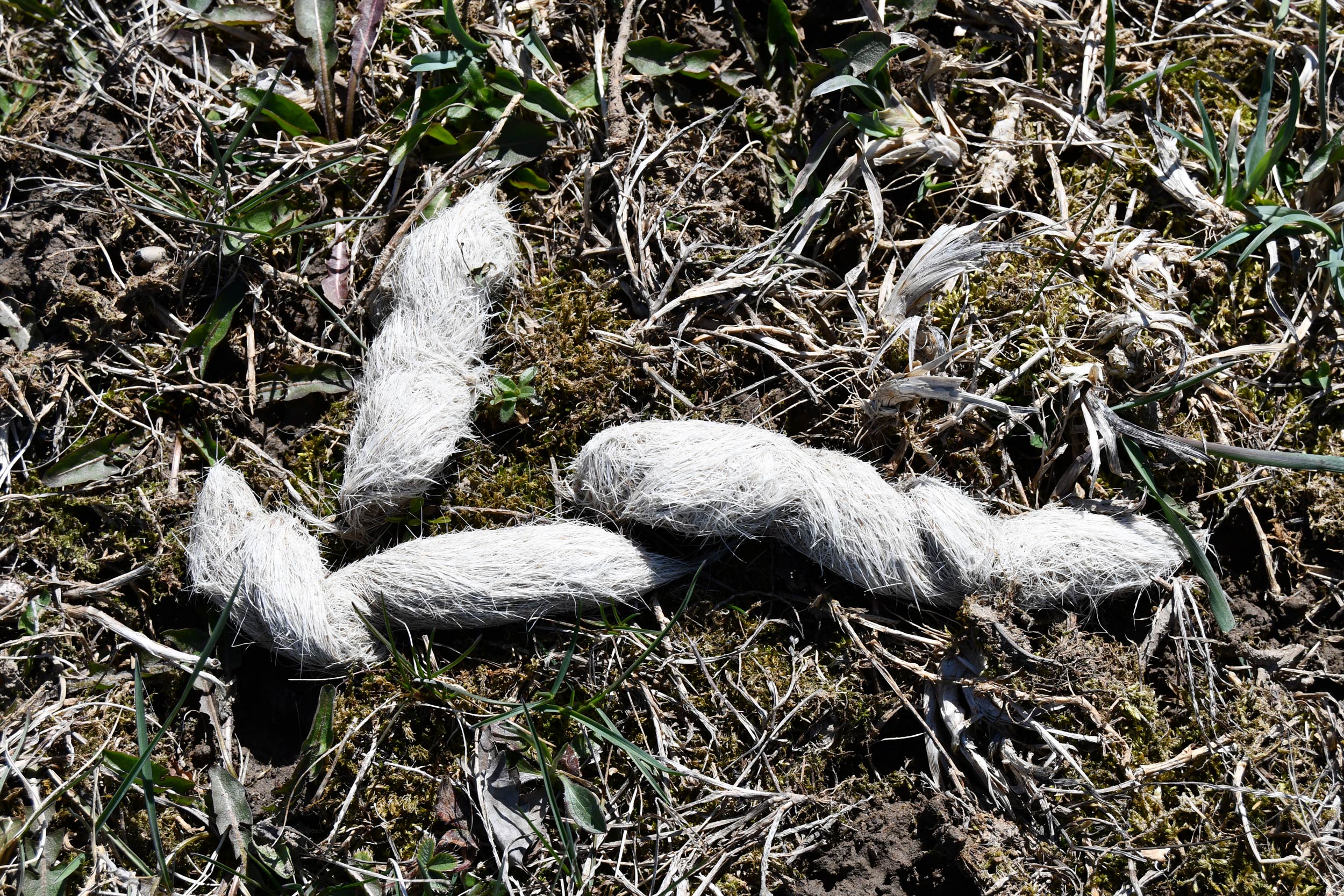)
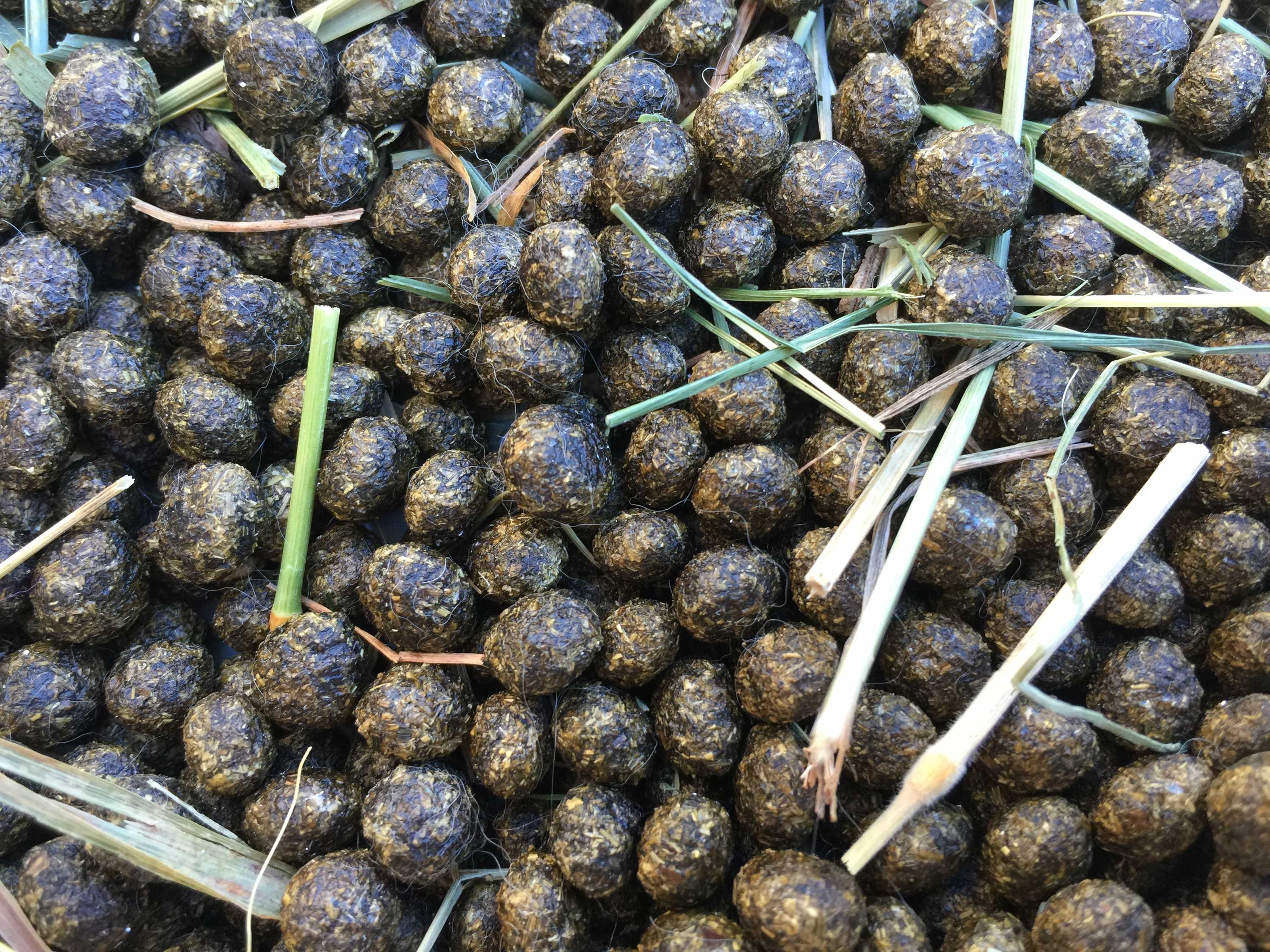)
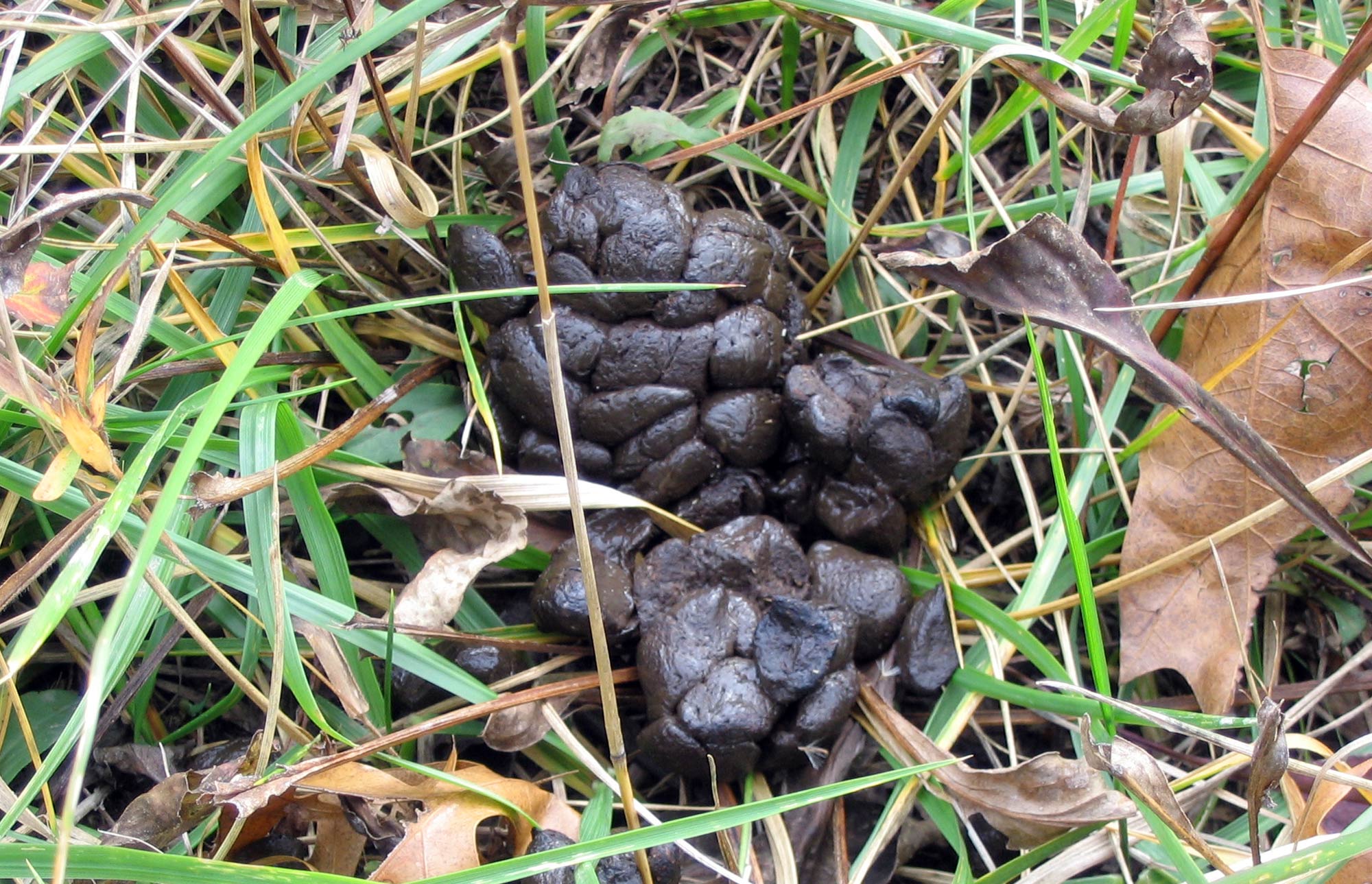)
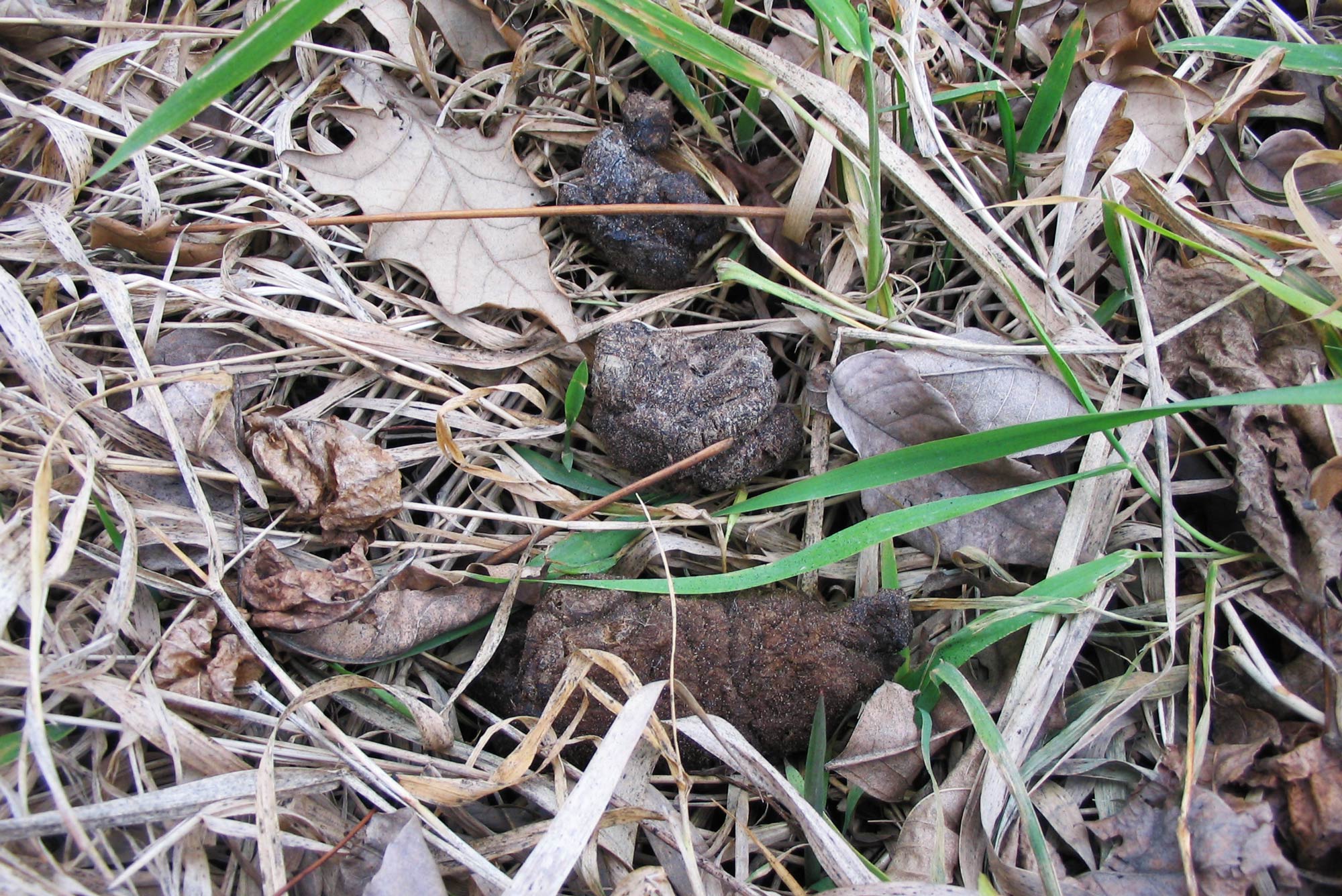)
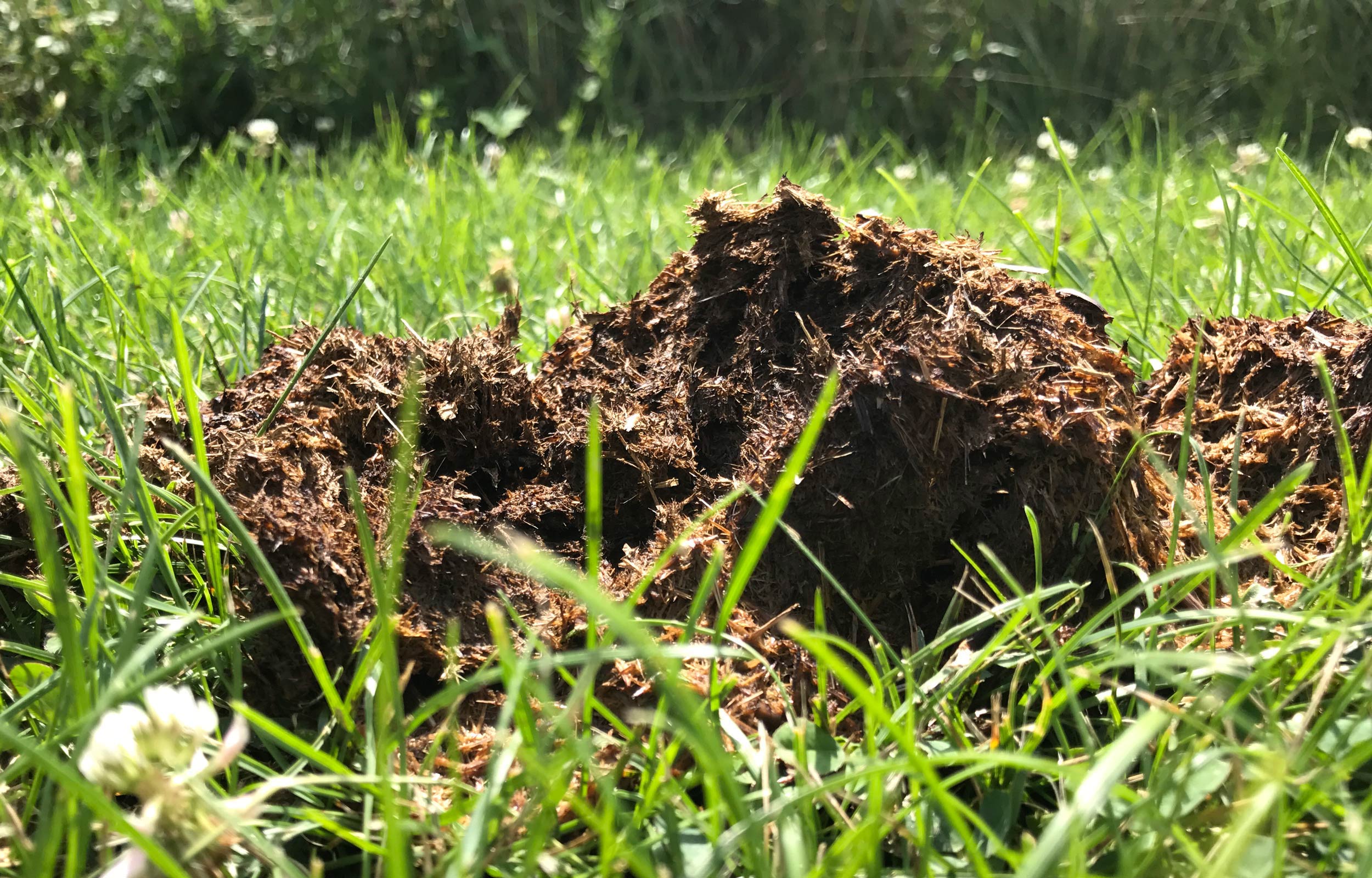)
)
)
)
)
)